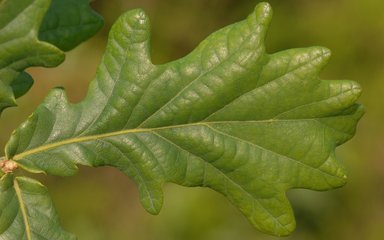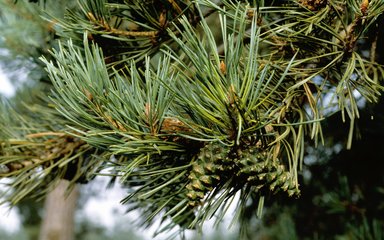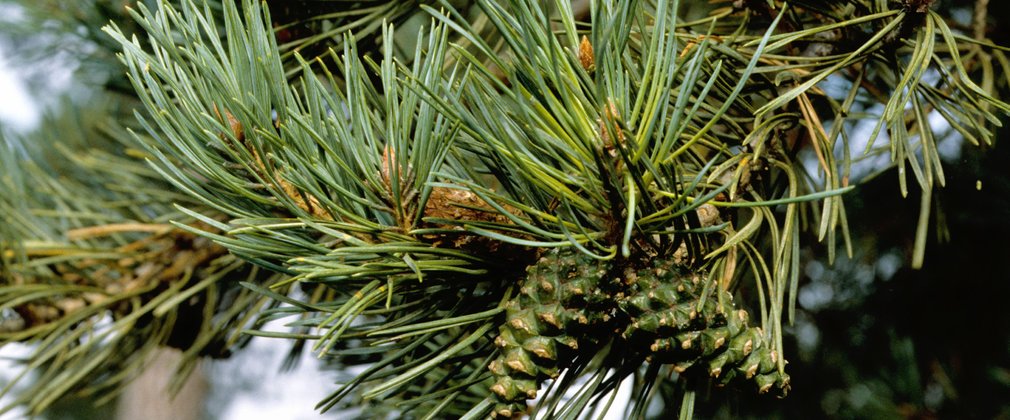
A native of the once extensive Caledonian pine forests of Scotland, Scots pine is our only native conifer that grows tall enough for producing timber. Scots pine provides valuable habitat for wildlife, including red squirrels, crossbills and pine martens.
Scots pine facts and figures
- Scots pine (Pinus sylvestris) has a lifespan of up to 500 years.
- it grows to a height of around 36 metres.
- this pine tree is the most common pine tree in the world.
alongside yew and common juniper, Scots pine is one of the only conifers that re-colonised in Britain after the last ice age.
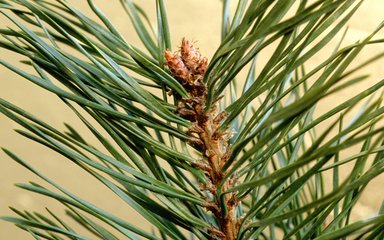
Scots pine identification tips
Heading out into the forest? Here are some top things to look for when trying to spot a Scots pine:
- bark: red-orange in colour and the lower bark is deeply fissured.
- needles: blue-green needles and twisted, growing to approximately 4 to 7cm.
- cones: the pointed and hanging cones of a Scots pine have woody scales.
- key characteristics: loses its lower branches as it grows and matures.
How Scots pine is used
The timber from Scots pine is strong and easy to work. In the past it was used for ships’ masts, as a source of turpentine, resin and tar and for charcoal.
Today it’s widely used in building and joinery work and for creating pit-props, chipboard, boxes, fences, telegraph poles and paper pulp.
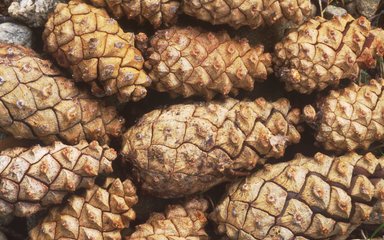
Scots pine and future forestry
This is a 'pioneer' species that can regenerate and thrive in poor soils and dry conditions. This makes it well suited to planting in a changing climate, specifically where risk of drought is likely to increase. It is also more resistant of red band needle blight, a fungal disease that particularly impacts stands of Corsican pines.
This native conifer can also provide diversity in broadleaf woodlands in winter, giving warmth, protection and food for small birds such as firecrests.

